|
*This post contains affiliate links. I receive small commissions for purchases made through these links at no extra cost to you. These commissions help me keep this site up and running, in order for me to keep providing helpful and inspiring art content. :)
Do you let other peoples' comments about watercolors (how they are temperamental, unforgiving, etc.) dissuade you from using them to create art? Have you ever binge-watched YouTube videos from amazing watercolor artists who make the process seem extremely easy, just to get frustrated when you try a painting out yourself? It's hard for me to believe, but it's already been a year since I made the decision to get serious about advancing my drawing/painting skills and made my first investment in (actual) watercolor painting supplies. By then, I had already tried acrylics and oils, but I wanted to keep experiencing different mediums in order to see which I liked best and which complemented my art style most (this is an ongoing process btw). I became increasingly interested in watercolor illustration and was very inspired by artists I found online. I made it my objective to paint and learn as much as possible in the afternoons after getting home from work and whenever else I could. If you're just getting started with watercolor, I would highly recommend checking out my Watercolor 101 course. It includes all the information you should know about watercolor as a beginner, as well as helpful exercises that will help you progress faster. You can find it here. Though I still have a long way to go before I reach the skill level I want to be at, I have managed to advance my skills and want to share what I have learned with you. Make sure to check out the free downloadable PDF at the end of the post that you can use for practicing! I created what I call a watercolor painting "map" for you using a reference picture of an apple. Remember that practice is what's going to make you move forward and, above all, you need to be patient with yourself. Read my blog post titled Self-Doubt as an Artist: How to Stay Confident and Keep Going. Here are the ten things that I wish somebody had explained to me before starting with watercolors! I really believe that if you understand these ten things and consciously apply them throughout your work, you will be able to improve your watercolor painting skills a lot faster and not waste as much money and supplies. Watch the video, read the blog post, or better yet, do both! : )
If you enjoyed this video and found it helpful, make sure to subscribe to my YouTube channel. I share a brand new video every week with art tips, drawing and painting tutorials and mindset/productivity tips for artists. *Subscribe HERE*
1. Buy paper that's intended for watercolor It can be extremely frustrating to feel like you're constantly fighting against your supplies when your trying to create artwork. Make things easier for yourself by actually buying paper intended for water-soluble mediums. If you're serious about improving, do not attempt to paint on regular paper or cardboard. Mixed-media sketchbooks may or may not work depending on the amount of paint and/or water you use, so I don't recommend them either until you gain a bit more of experience and control over this medium. I suggest doing some quick research in order to find a brand of watercolor paper that is relatively good quality and price for you to start off with. With experience, you'll start seeing whether you prefer thicker, thinner, cold press, hot press, etc. As my watercolor journey has progressed, I've discovered that medium weight and heavier paper is best (140 lbs. or heavier). It allows me to use techniques that require more water without too much buckling and I can use techniques such as scrubbing without damaging my paper. I also like that I don't have to necessarily tape down my paper every single time I feel like painting. For a full list of my current favorite art supplies, go here. 2. Plan colors before starting to paint I know this may feel like a pain, especially when you just want to get to painting. However, I ruined SO many good drawings because I was too anxious to get started and ignored the planning aspect that goes behind creating an artwork using watercolors. Remember that truly effective artworks show harmony, unity and coherence. For this to happen, the artist must give thought to how the elements included within a composition (no matter how simple or complex) relate with and complement each other. This applies directly to the colors you use. There's a lot of value to starting with a limited color palette. I suggest you plan and limit not only the colors you'll be using in your painting, but also decide how you'll be creating your darkest mixtures and shadows. You can use mixtures of complementary colors, analogous colors, earth tones, etc. Planning and keeping colors in control will help ensure a more professional outcome. 3. Keep pencil sketches as light as possible Because watercolor layers are transparent and thin, any hard pencil marks will most likely be visible through the paint at the end. I recommend using your pencil lightly when you are creating your initial sketch/map and erase at least partially afterward, if possible. Remove any extra graphite you may have accidentally smudged on your paper while drawing using a soft and clean eraser. This will ensure a cleaner outcome at the end. Something I have found useful is creating my initial sketch with a water-soluble gray colored pencil. That way, these lines will disappear completely as I paint. I highly recommend this method if your drawing and observation skills are already good (some lines that you weren't intending to erase could be erased). Read more about the watercolor paper, pencils, erasers and other useful tools in my My Favorite Art Supplies (So Far) blog post. I include Amazon links to the products I've bought in case you want to give them a try. 4. Protect the whites This was so hard for me in the beginning and is still something I have to make a conscious effort to do! As previously mentioned, watercolor painting definitely requires some plan work. When creating your initial sketch, make sure to map out/indicate where the lightest and darkest areas of your painting will be. You can see how I did this in the PDF included at the end of this post. Once your sketch/map is complete, make sure you do your best to protect the lightest areas throughout your painting process. I have three specific tips related to this: a) Pick a good reference photo to work from. Artists have to develop an eye for picking out photographs that will lead to good paintings. If you'd like to read more about the characteristics that make a good reference photo and how I take my own in my studio, read my blog post titled How to Take Great Reference Photos to Use in Art and Why They Are Important. A good reference photo demonstrates a balance of darks, midtones and lights. b) Work large. If you're creating a painting that will have a good amount of detail in it, make it easier for yourself by working larger. Water gives watercolors a mind of their own and you have to learn to work with it and not against it. Give the paint space to do its thing! With practice, you'll naturally start learning how much water should be used in any given point and you'll be able to gain control. Later on, you can move on to smaller paintings or illustrations. c) Use masking fluid. A lot of people abstain from using masking fluid because it adds a couple of extra steps to the process and can be time consuming. However, depending on the complexity and subject you are painting, this may be the best way to go. Masking fluid ensures that the whites will be protected throughout the painting process and you don't have to be as careful when you're painting! 5. When starting to apply paint, start as light and transparent as possible As previously mentioned, I personally tend to be quite heavy handed and have to make a conscious effort to control the amount of pigment in my paint mixtures, especially as I start a painting. Always begin with a transparent paint mixture that's nice and watery. Work your way up towards the darker values by adding layer upon layer as needed, and allowing layers to dry in between. This method allows the beginner more control as he/she gets to know the medium. Also, make sure to place the darkest values (paint mixtures with large amounts of pigment in them) only in the very darkest areas you see in your reference photo. Be careful when you start placing your darkest values/highly-saturated paint mixtures or you'll risk creating a flat painting! Remember you're trying to create a large variety in values, from very light and translucent to dark and saturated, as this is what will give your painting dimension and depth. 6. Allow layers to dry Once again, approach watercolor painting with patience! I honestly think that's half the battle. When I first started, I didn't understand the need to allow each layer to dry before applying the next (unless you're painting specific areas in which you want to create wet-on-wet effects). I went way beyond over-working, messing up my colors and my paper, over and over again! It took me a bit to learn that the effects I was looking for are created with subsequent washes and by reactivating colors that are already dry. If you're impatient like I am, I recommend working on compositions in which you can jump around from one side to the other or simply working on two separate pieces at a time, switching between them to allow them to dry whenever needed. The more realistic you want to get with your paintings, the more layers it will require. One final recommendation, but a very important one, is to resist the urge to keep painting when you make a mistake. Let it dry and, most likely, you'll be able to fix it later or at least make it less noticeable when adding more layers. Do not stress out when you make a mistake. 7. Don't use more than three colors in the same mixture (unless you know what you're doing) I'm totally behind creating new paint colors and think color-mixing experiments provide us with invaluable knowledge. However, when you are attempting to create a painting, it's important that you have good understanding of the color wheel and what happens when different colors are mixed together. I mix analogous colors together all the time when painting my middle values, but am very careful when creating my darkest hues because they usually require me to mix very different colors together. When creating these mixtures, I make sure to prepare them and test them out before actually applying them in my paintings to make sure they are what I'm looking for! You do not want to ruin your work by applying a color that looks like mud. Something I always do is keep a scrap piece of watercolor paper next to me as I paint in order to test colors before actually applying them. By doing this, you can ensure that both your color and level of transparency are what you actually want at that given point. 8. Clean brushes between colors In the beginning I took for granted that watercolor pigments were easily removed from paintbrushes and didn't take the time to make sure I had removed the previous color completely before going in with the next. If you're using the same paintbrush with very different colors, doing some gentle blotting on a rag after having rinsed it can usually help you notice if its clean. You don't want to create muddiness in your paintings that will be impossible to remove. Also, swivel your brushes in your water gently. 9. Replace your water frequently It's important not to be lazy and replace your water when it starts to get murky because this can affect your colors and/or muddy up your work. Some artists work with several different water cups at the same time, but you'll find whatever works for you personally in time. I'm guilty of waiting way too long before changing my water and there's nothing worse than ruining a great painting with something that could be avoided so easily. 10. Invest in quality over quantity when it comes to paint colors I recommend doing some research and finding watercolor sets that are good in terms of quality and price. Depending on the subjects you like to paint (landscapes, interior scenery, portraits, food, etc.), you can go for sets that contain colors you will actually be using. It's preferable to buy smaller sets that offer better quality, than larger ones with poor quality. Look for paint that has a strong color payoff and blends well when mixing. Two brands that I recommend for beginners are Winsor & Newton's Cotman sets and Van Gogh sets (they both offer good quality for accessible prices). Here are the Amazon links for both: Winsor&Newton Cotman Half Pan Set Van Gogh Botanical Set
Feel free to download both the outline drawing, as well as the reference picture to practice below:
Which of these ten things gives you the most trouble? Is there any other aspect of watercolor painting that you find particularly frustrating that didn't make in on the list? I'd love to know! Let's have a discussion in the comments section below!
164 Comments
First of all, your drawings are amazing and I love the details so much in every paint. I am painting as well on Canvas, but I am using acrylic only. I feel like it is more convenient, however it is not easy to blend because it dries so fast. I don’t have the guts to paint with oil or watercolors. But your advices motivated me to give it a try. I would really appreciate if you check my paintings and tell me your opinion
Reply
Erika
12/12/2017 05:36:07 pm
Lamees, hi! Thanks so much for your comment! Don't be afraid of oils or watercolors! They are just paint. I find acrylics way more difficult than oils and they kind of stress me out! haha I do give acrylic painting classes but rarely do I use them in my own work. Do you have work in your site? Do you share it on social? Let me know so I can add you!
Reply
GilsonChapple
4/22/2018 11:44:09 am
I’m afraid you left out the most important element. Drawing skills.
Reply
Erika Lancaster
4/22/2018 03:02:15 pm
Hello Gilson,
Whitney Clark
1/31/2022 10:59:15 am
Drawing is an important skill for any artist. But it’s not one that’s needed. I’ve taken photos (my own for emphasis) and traced those onto watercolor paper. It may be cheating but it works.
Maria
4/1/2019 11:14:12 am
I love acrylic paint BECAUSE it dries so fast. :)
Reply
Erika Lancaster
4/3/2019 07:52:06 am
Hi Maria! Thanks so much for visiting and for your comment. :)
Mary
8/25/2020 07:41:26 pm
You could try Golden Open Acrylics. Much slower drying time, not unlike oils. They blend beautifully.
Mari-Jonn Sothoron
3/3/2020 04:08:33 pm
I just sold all m acrylics to devote all my efforts to watercolor which I find easier, if that helps.
Reply
Theresa
8/19/2023 12:44:13 pm
I like the idea of using watercolor pencil to sketch. Why did I not do that. I enjoyed reading this and learning new things. Thank you.
Reply
12/11/2017 04:37:27 pm
Erika this is wonderful! I really want to learn how to paint and this is just timely. I'm pinning this to save for later. Thanks!
Reply
Erika
12/12/2017 05:26:00 pm
Karla, your very welcome! Thank you SO much for taking the time to comment and check back later for more helpful blog posts! I'm doing my best to post useful information for beginner/intermediate artists every Thursday. Have a wonderful day! :)
Reply
Erika Lancaster
12/15/2017 03:38:24 pm
Ruth, thanks SO much for reading and taking the time to comment! Watercolors are definitely hard to get used to un the beginning! I'm still learning myself and am doing my best to improve. So do you enjoy acrylics? I find oils so much easier than acrylics for some reason! :O
Reply
The person who writes a very beautiful post is always of a good heart and whenever I am sitting alone, I spend my time looking at such a good post, you have written a good post, which is as much as you can in your life. Will be appreciated And you keep writing such good posts in your life, I wish you all the best.
Reply
Larry Brinker
12/28/2017 08:39:30 am
I have just started into watercolours and typically do line and wash postcards. Having done many model railroad backdrops in acrylics via the Bob Ross method the switch to watercolour is interesting. Imagine my surprise when opening my first set of watercolours and there was no Black! I enjoyed your post and will have to pay more attention to values in my painting, I my even try layering to get better darks.
Reply
Erika
12/29/2017 08:41:35 am
Hello Larry! I'm so happy that you enjoyed my post and got something from it! Watercolors are hard and one must definitely be patient. I have much to learn but am working hard at getting better.
Reply
Sue
12/30/2017 03:56:45 pm
Great article, thank you. I’m a beginner and know your advice will save me a lot of headaches down he road.
Reply
Erika
12/31/2017 11:01:03 am
I'm so glad you found it helpful Sue! Keep at it and you'll see improvement fast. Let me know if there's any specific topic you'd like to see me post about in the future! Thank you for taking time to comment! It is much appreciated!
Reply
1/1/2018 08:23:31 am
I enjoyed reading your article. I just started watercoloring a few months ago. It's completely different from acrylics. I have a lot more to learn, but I do so enjoy it. I think there's a freedom with watercolor that's not with oil or acrylics. I'm an old great grandma and love creating different things in different venue's. Thank you for sharing your experience with us. You're a talented young lady and I wish you well with your painting. God bless you.
Reply
Erika
1/1/2018 11:27:06 am
Janice! You're amazing!
Reply
Colin Harris
1/8/2018 08:17:48 am
Thank you for clear and very relevant advice -- I have learnt some the hard way and some I know but realise I am lazy and do not take enough care so thank you for the reminder .
Reply
Erika
1/8/2018 08:10:15 pm
I'm glad you found my post helpful Colin! It's hard to get over bad habits sometimes, for sure. But don't let up and you'll get far! Hope to see you around!
Reply
Carole Scott
1/9/2018 08:37:27 am
Hi Erika! Thoroughly enjoyed your newsletter and great watercolor tips. I just began watercolor painting this past summer after I retired and am learning as I go. Most of my subjects come from Pinterest and here’s my question: one of my paintings was inspired by a pinterest post but I put a different spin on it to relate to my breast cancer experience. I’ve received LOTS of interest in selling the painting but am afraid of copyright issues and am unable to find the original image artist. Any advice or ideas? I’d be happy to send you a copy of the images to see what you think. Thank you so much!
Reply
Erika Lancaster
1/9/2018 01:34:12 pm
Hi Carole!! I'm SO happy that you enjoyed my first newsletter! Working on something else to send out to you guys because I really want to get to know more about you and be able to offer useful content for you so be on the lookout for that. :)
Reply
1/11/2018 06:16:47 pm
Hi Erika,
Reply
Erika Lancaster
1/11/2018 07:01:01 pm
Hi Rebecca,
Reply
Vijay
1/13/2018 08:59:08 pm
Thanks very much as I liked your tips for a beginner like me. Have a question
Reply
Erika Lancaster
1/14/2018 11:55:16 am
Hi Vijay!
Reply
Dkjones
1/6/2021 01:19:16 pm
In icon painting, black is reserved for very specific subjects and all other places it is mixed dark blues, browns or purples. I see what you are saying about the flatness of black, but wonder if there isnt any connection to the avoidance.
Cheri
1/14/2018 12:07:24 am
Two years into learning what I can do with the medium of watercolor. I truly wish I had somehow "known" all of your suggestions early on. I've been learning them the hard way - trial and error. Thanks for putting this good advice out there,
Reply
Erika Lancaster
1/14/2018 10:45:12 am
Cheri, I'm very glad that you found my post helpful! These are definitely things that I wish someone had explained to me as well. It would have saved me a lot of time, supplies and frustration!
Reply
colin harris
1/16/2018 03:27:56 am
Unsubscribed by mistake !
Reply
Erika Lancaster
1/16/2018 07:36:43 am
Oh no! You appear to be on mi list, still. Did you subscribe again? Have a good one!!!
Reply
1/21/2018 05:37:58 am
Hi Erika ,
Reply
Erika Lancaster
1/21/2018 09:40:39 am
Hi Than Htay!
Reply
George Stockton
1/27/2018 05:26:19 pm
Erika, your comments are right on! I have been enjoying the happy surprises of watercolors for 37 years. This information would have been so helpful in the beginning. Thanks for sharing!
Reply
Erika Lancaster
1/28/2018 10:11:20 am
Hi George!
Reply
Eddi Reid
2/3/2018 10:26:08 am
Just found your wonderful post on Pinterest - wish I had found it earlier.
Reply
Erika Lancaster
2/4/2018 09:51:07 am
Hi Eddi!!
Reply
Eddi Reid
2/8/2018 12:11:43 pm
Thank you for your response Erika.
Erika Lancaster
2/8/2018 08:12:22 am
Hi Marjorie! Your words truly warmed my heart! :)
Reply
Carolyn Liebowitz
2/8/2018 02:19:08 pm
Thank you so much for your clearly stated advice. It will be very useful I'm sure.
Reply
Erika Lancaster
2/9/2018 08:42:58 am
Your very welcome Carolyn!! Are you just starting out with watercolors?
Reply
barb
2/9/2018 01:03:36 am
Loved your post! I keep starting and stopping watercolor -- mostly out of frustration! Your post outlined the very important things to keep in mind, especially protecting the whites! My instinct is to cover the whole paper with paint and that makes for a dull painting! I'm on the third attempt at the same subject and it gets a little better every time. Patience, as you mentioned, is the key! Thank you and I will keep watching this space!
Reply
Erika Lancaster
2/9/2018 08:49:03 am
Hi Barb! I totally get you! It can be SO frustrating!
Reply
M. Sue Johnson
2/9/2018 11:10:32 pm
Hi Erika, I enjoyed your demonstration and information. I have been water coloring for years and do teach ,although I have taken a back seat for a while, due to my husband's seriousl illness that lead to his death in August of 2016, I now am ready to get back into redeveloping my classes and painting again.
Reply
Erika Lancaster
2/10/2018 12:23:43 pm
Hi Sue,
Reply
Joy Roshinsky
2/11/2018 11:43:59 am
Thank-you
Reply
Erika Lancaster
2/12/2018 08:37:02 am
Your very welcome Joy! I hope to see you around!
Reply
Nana N Cisler
2/17/2018 09:21:31 am
Very good tips. Thank you
Reply
Erika Lancaster
2/17/2018 10:35:10 am
Hi Nana! I'm glad you found these tips helpful! Hope to see you around here!
Reply
Mary
2/20/2018 12:24:06 am
Excellent advice, will read you many more times thx
Carol H
2/20/2018 01:45:09 am
Hi Erika,
Reply
Erika Lancaster
2/20/2018 08:55:14 am
Carol,
Reply
Andrea
2/24/2018 08:59:07 am
Very helpful! I have just started water colors after a friend posted work she did in a class on her vacation in Puerto Vallarta. I decided, why not? I’m starting on my own why looking for classes I can take locally & this article reinforced a few things I already found out & I'm sure I will review to remind myself when I start to paint! Thanks!
Reply
Erika Lancaster
2/24/2018 08:02:11 pm
Hi Andrea!
Reply
Erika Lancaster
4/7/2018 10:25:27 am
Hi Jlo,
Reply
Sophie
6/20/2018 03:24:46 am
Hi Erika,
Reply
Erika Lancaster
6/20/2018 09:20:55 am
Hi Sophie! :)
Reply
Devendra
6/29/2018 08:19:22 am
Your paintings are just amazing. You have done those with so much detail that I can't paint like it in my dream as well. Just loved it.
Reply
Erika Lancaster
10/31/2018 09:12:16 am
Hi Devandra,
Reply
Ruth
8/6/2018 07:45:46 pm
instructions are clear
Reply
Erika Lancaster
10/31/2018 09:13:03 am
Hi Ruth,
Reply
Stan Quick
10/30/2018 08:30:07 am
Thank you for your advice! I painted in oils and acrylics along time ago. Never got serious though.
Reply
Erika Lancaster
10/31/2018 09:26:23 am
Hi Stan!
Reply
Fox
11/20/2018 11:19:12 am
Hi! I just wanted to ask if you have any tips on how to begin watercolours? I have found so many lovely websites but they seem to complex for me, I don't know anything yet!
Reply
Erika Lancaster
11/20/2018 12:04:57 pm
Hey there Fox!
Reply
Eira de Rojas
11/25/2018 04:14:21 am
Hi Erika. Very useful tips and very nice and warm answers. I have been painting WC for more than 15 years, but I took a break 2 years ago. During this break I have been studying color theory, more efficient use of water and other WC artist techniques. I have seen lots of videos to find out many small details and useful advices to improve my WC. and get into what I really want, dark color painting. Now I'm ready to take a brush again and your tips help me to get started. Thanks, from Venezuela.
Reply
Erika Lancaster
11/25/2018 10:08:01 am
Hi Eira,
Reply
Erika Lancaster
12/18/2018 09:01:17 am
Hi Neeti,
Reply
Jcardwell
3/5/2019 09:17:12 am
Are all your classes free?
Erika Lancaster
3/5/2019 09:35:12 am
Hi there J,
Reply
4/22/2019 12:10:08 pm
I like how you said that we should buy paper intended specifically for watercolors so we don't have to feel like we're fighting against our supplies. I've always enjoyed painting with watercolors but I haven't done it in years because it jest fell behind my work and family responsibilities. I'm glad I read your article because I feel a lot better about shopping for watercolor supplies and starting up again!
Reply
ElaineGreenwood
4/25/2019 02:50:43 am
I think it is also important to find a good teacher if you decide to take classes. The first teacher I tried was not good at Watercolour, we used mixed media paper, cheap paint and wet on wet method & after 2 classes I had a picture that looked like it was done by a nursery school child. I was very disappointed because I have been painting will oils for years & this picture was way below my personal standard. So I decided Watercolour was not for me. Until recently when I reconnected with an old friend who it turns out teaches Watercolour, and she has taught all the things you mentioned, and I am learning and enjoying my art now. My advice is to look at the teacher’s own work before you sign up with them.
Reply
Erika Lancaster
4/25/2019 10:10:44 am
Hi Elaine,
Erika Lancaster
4/25/2019 09:50:30 am
Hi Daphne!
Reply
Erika Lancaster
7/11/2019 09:55:48 pm
Hi, Babas!
Reply
Vincent
8/18/2019 08:16:48 am
Hello Erika!
Reply
Erika Lancaster
10/1/2019 12:45:04 pm
Hi Vincent,
Reply
Hey Erika, great article, thanks you! For me the two main things where #1 the paper. I've painted on regular watercolors paper for a while until I discovered "Coton" paper (Tadddaaaaaa). It was like a mini revelation :). And #2 using tubes. I was using paint cubes forever and realized later that I was spending more money refiling than using tubes. Plus when you paint big piece, tubes make also more sense.
Reply
Erika Lancaster
10/1/2019 12:51:26 pm
Hi, Lesly!
Reply
12/17/2019 02:27:47 pm
It's good to know I should plan on marking out the lightest spaces in the picture before I start to keep them empty as I add color in. My wife loves crafty stuff, so I'm thinking of surprising her this Christmas with some art lessons and equipment that we can do together. I'll have to do my best to prepare beforehand if I want to hope to keep up with her.
Reply
5/20/2020 05:28:55 pm
Hi, Oscar!
Reply
12/26/2019 09:28:04 am
Hi, Oscar!
Reply
5/20/2020 12:32:09 pm
Thank you very much, you have written this post through your thoughts and this post is really beautiful, such post has seen very little till date and I am thankful that you wrote this post.
Reply
5/20/2020 05:29:48 pm
Hi, Riya!
Reply
5/22/2020 03:51:28 pm
A good post is always beneficial, as your post is making the same effect. Your post is very knowledgeable. I was quite surprised to see your post that you can see such a good post even today. Hope you You will continue to provide similar posts to us as well. Thank you.
Reply
5/24/2020 04:42:21 pm
Hi, there!
Reply
5/23/2020 11:09:32 am
Thank you very much, you have written this post through your thoughts and this post is really beautiful, such post has seen very little till date and I am thankful that you wrote this post.
Reply
5/24/2020 04:43:12 pm
Hi, Riya!
Reply
6/25/2020 06:53:02 am
Much thanks for telling us about this 3 fabulous applications. They looks great despite the fact that I haven't utilized any of them. Prone to utilize them to alter a portion of my photographs.
Reply
8/6/2020 03:56:12 pm
Thanks so much for reading and taking time to comment, Aditi!
Reply
8/6/2020 12:43:49 am
Great tips, I really enjoyed reading your blog. thank you for posting this blog.
Reply
8/6/2020 03:57:29 pm
Thanks so much for reading!
Reply
Meghan
8/18/2020 04:37:52 pm
thank you so much for posting this!! I love drawing/painting/anything that allows me to be imaginative/create something. I have attempted watercolors multiple times and have always given up, relatively quickly. It really is such a difficult medium, but I believe that if I can understand it better and have more patience, this will be my favorite medium. Patience is my biggest issue with watercolor, and reading this article made it more clear as to why patience w/watercolors is such a necessity. I already feel better about my current watercolor endeavor. And if I don’t get it finished in one day, that doesn’t mean I’m not successful (which is how I currently feel if I don’t finish a piece in one sitting, regardless of the medium). Looking forward to more practice and more patience 😌
Reply
8/20/2020 10:49:15 am
Hi, Meghan!
Reply
8/25/2020 05:36:12 am
My goddaughter is celebrating her 13th birthday next month, and her mother told me that all she wants for her birthday are painting supplies. That's why I'm planning to buy her watercolor painting tubes. It's great that you mentioned artists that use watercolor should have papers that are intended for water-soluble mediums. I'll follow your advice and buy watercolor paper along with the tubes so she can practice her painting efficiently. Thanks!
Reply
8/26/2020 07:14:05 pm
Hi, Levi!
Reply
8/25/2020 05:37:33 am
I like that this post mentioned it is important to ensure that we have steady hands when doing water paintings. It makes for us to have steady hands as it ensure every stroke is consistent. When I choose a painting, I will look at the strokes.
Reply
8/26/2020 07:14:56 pm
Hi, Kristofer!
Reply
10/19/2020 06:40:30 pm
I can totally relate to the part where you mentioned that you previously ruined a lot of artworks simply because you didn't plan beforehand. My aunt gave me a full watercolor set for my birthday and I got so excited to use it that I didn't even bother doing a sketch before I explored around the colors. Maybe attending a virtual painting class can help me develop my skills and put this watercolor set to good use.
Reply
10/23/2020 10:18:57 am
Hi, Zoe!
Reply
eli
11/7/2020 06:11:29 pm
Not sure if it's related, but I want to know which one is better or which one is cheaper between buying watercolours or making them myself!
Reply
11/9/2020 06:11:34 pm
Hi, Eli!
Reply
12/28/2020 10:28:09 am
Hi, Judy!
Reply
3/15/2021 05:13:55 pm
Hi, there!
Reply
4/28/2021 12:55:50 pm
It was helpful when you said that pencil sketches need to be light. My sister wants to get art supplies and try watercolor painting. I'll share this info to help her be successful!
Reply
5/5/2021 05:42:40 pm
Hi, Rebecca!
Reply
Amanda
4/30/2021 02:04:05 pm
Hi Erika!
Reply
5/5/2021 06:34:40 pm
Hi, Amanda!
Reply
7/15/2021 09:30:01 am
It really helped when you talked about watercolors and the importance of investing in quality materials. Recently, my little sister mentioned she wants to try painting with watercolors. My sister loves arts and crafts, and I want to help her get started, so I'll be sure to keep your tips in mind when shopping for art materials. Thanks for the advice on watercolors and how to paint with them.
Reply
9/15/2021 04:38:08 pm
Hi, Eli!
Reply
9/15/2021 04:38:37 pm
Hey, there!
Reply
1/12/2022 05:19:14 pm
Hey, there!
Reply
1/4/2022 01:58:51 am
Great tips, I really enjoyed reading your blog. thank you for posting this blog.
Reply
1/12/2022 05:26:00 pm
Hey, there!
Reply
1/5/2022 12:29:30 am
This is really very amazing like it so much keep sharing like this wait for the next.
Reply
1/12/2022 06:19:57 pm
Hello,
Reply
Laurie
1/30/2022 12:19:42 pm
Wonderful site you have, thank you so much for sharing your journey and talent. =)
Reply
2/2/2022 07:01:40 pm
Hi, Laurie!
Reply
2/16/2022 09:37:34 am
Hey, there!
Reply
12/15/2022 08:23:10 pm
I have observed that our son has been interested in painting since he was small. I wanted to support him in his passion and plan to enroll him in a Learn to Watercolor Paint Course. I'm glad you mentioned some watercolor techniques, like cleaning the brushes properly when painting.
Reply
12/21/2022 10:56:25 am
Hi, Georgina!
Reply
1/3/2023 12:18:33 pm
Hi, Edo!
Reply
2/20/2023 01:47:57 pm
Hi, there!
Reply
2/20/2023 01:47:14 pm
Thanks so much for reading.
Reply
3/29/2023 01:51:59 pm
Hey, there!
Reply
3/23/2023 12:08:52 am
I never knew that you should use art materials that would be appropriate for the coloring process you wanted. My father mentioned to us a couple of days ago that he wants to buy Mexican acrylic paintings that he would add to his contemporary realism collection, and he asked if I had any idea what would be the best option to consider. Thanks to this instructive article, I'll be sure to tell him that we can consult American artists as they can provide details about their paintings.
Reply
1/23/2024 11:00:34 am
You absolutely can!
Reply
12/15/2023 01:44:35 am
Thank you for creating such a wonderful website. I appreciate it.
Reply
1/23/2024 11:01:26 am
Hey, there!
Reply
1/23/2024 11:02:06 am
Hey, there!
Reply
7/9/2024 07:56:00 pm
Hey, there!
Reply
2/27/2024 02:11:07 am
Great post, and great website. Thanks for the information.
Reply
Leave a Reply. |
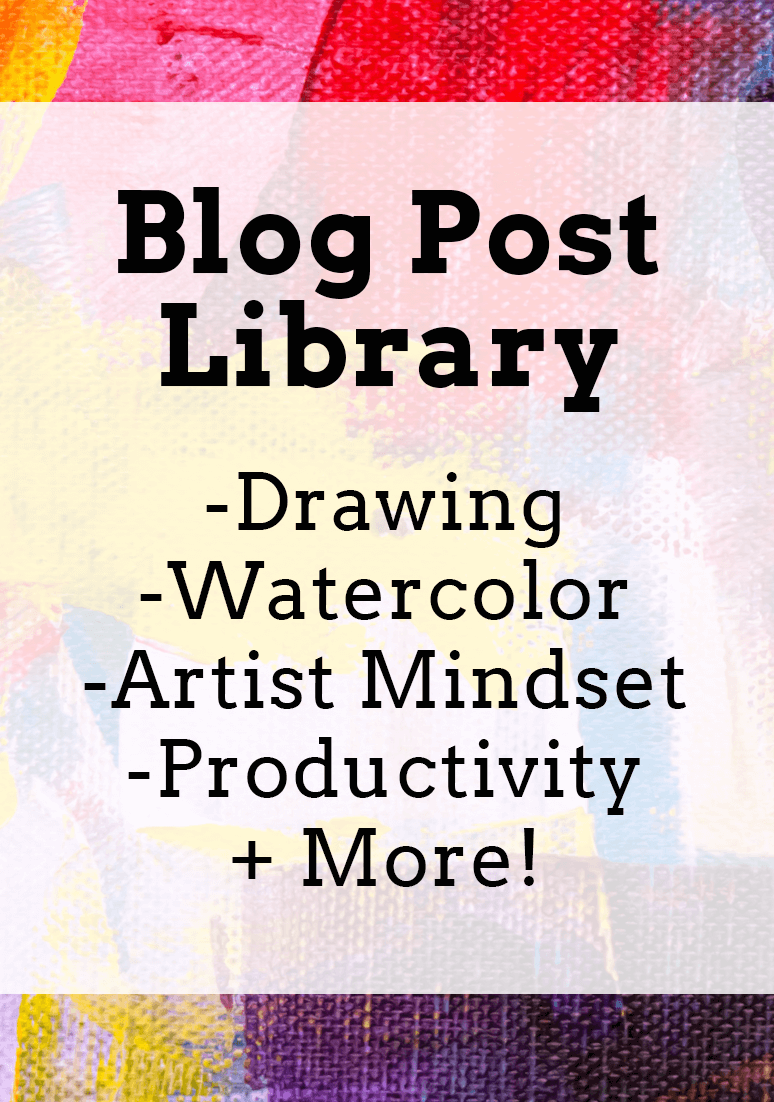
www.erikalancaster.com
is a participant in the Amazon Services LLC Associates Program, an affiliate advertising program designed to provide a means for sites to earn advertising fees by advertising and linking to amazon.com. www.erikalancaster.com is a participant in the Shareasale.com Affiliate Program, an affiliate advertising program designed to provide a means for sites to earn advertising fees by advertising and linking to Shareasale.com partner companies. |
|||||||||||||||||||||

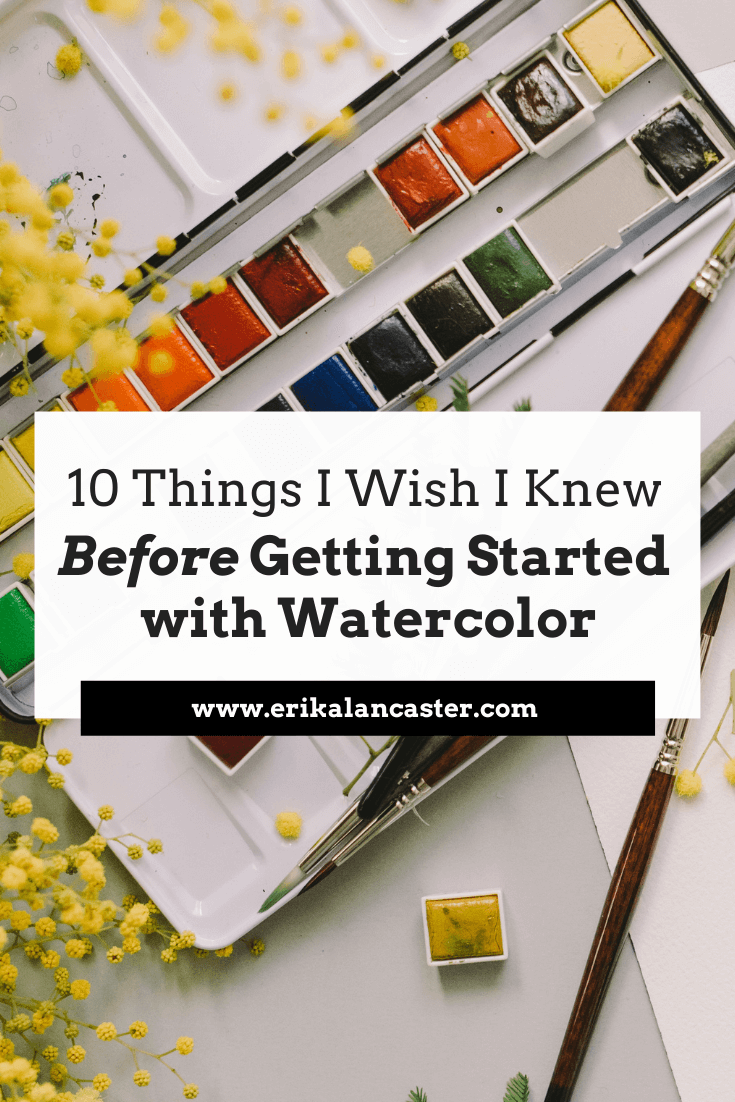
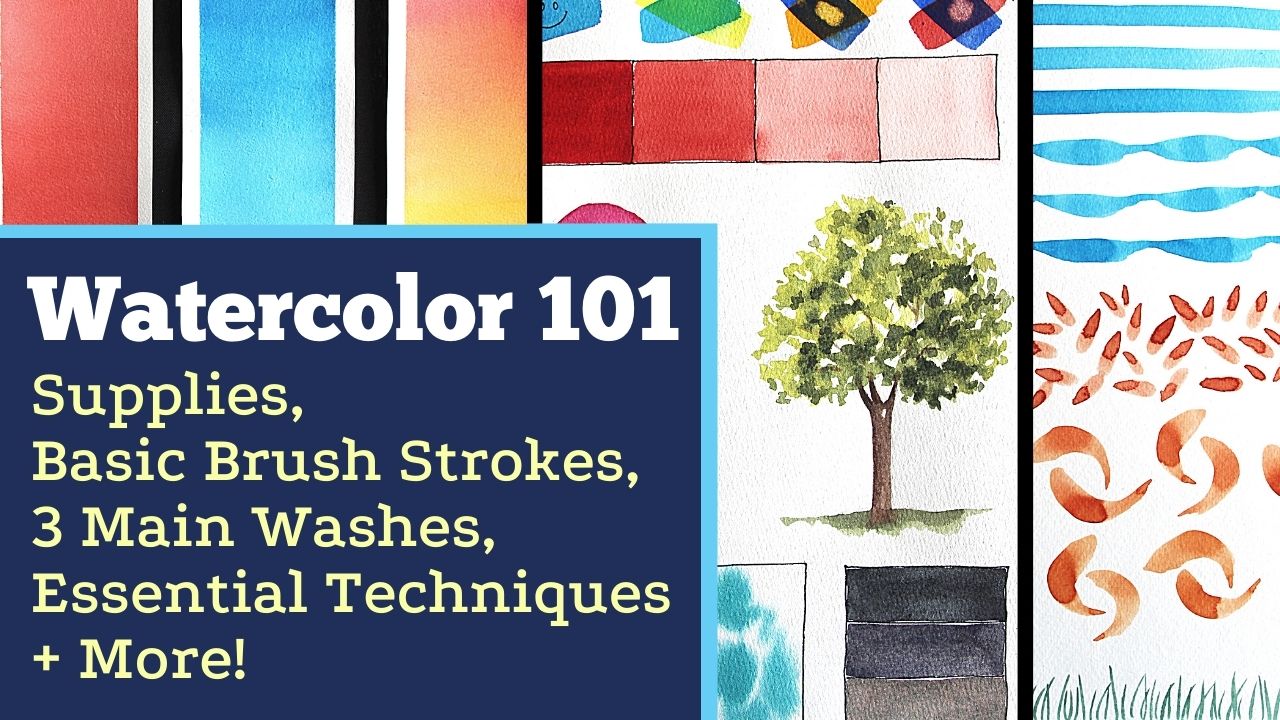
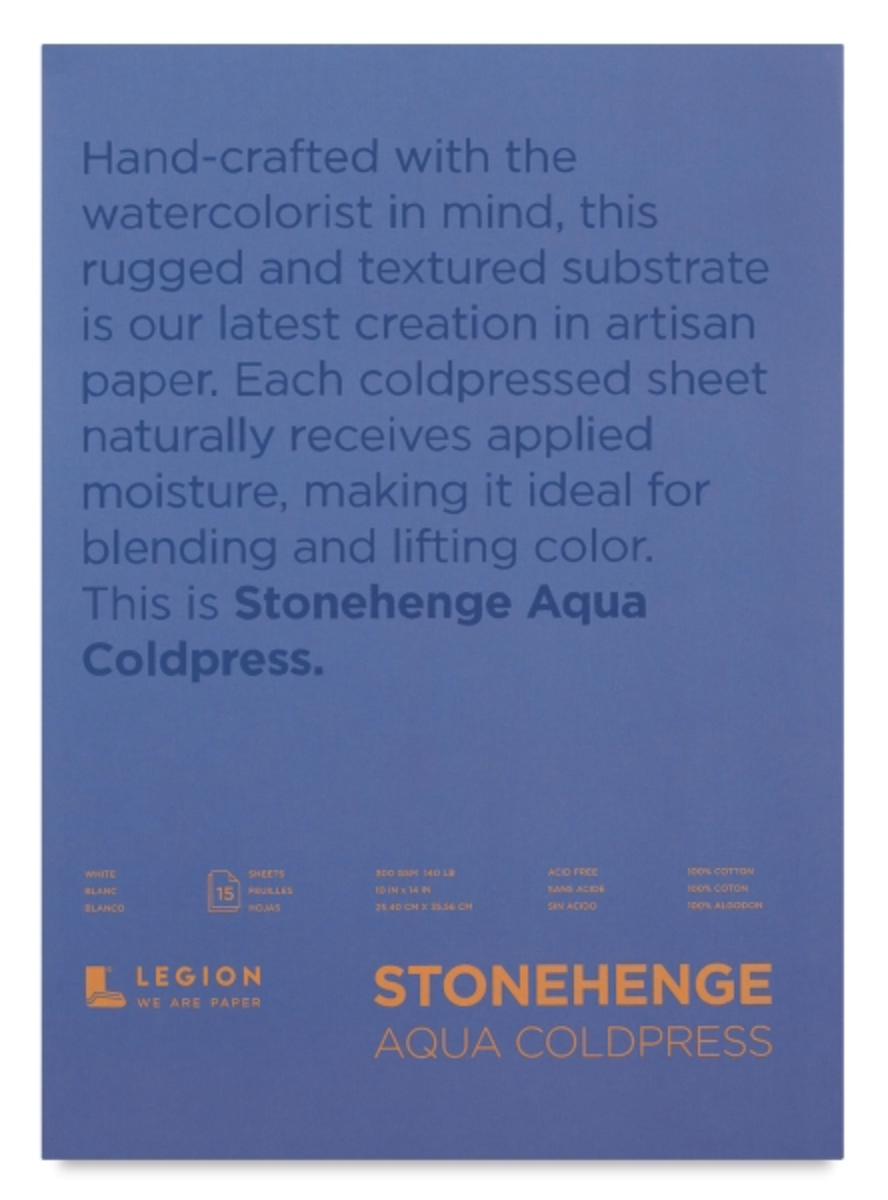





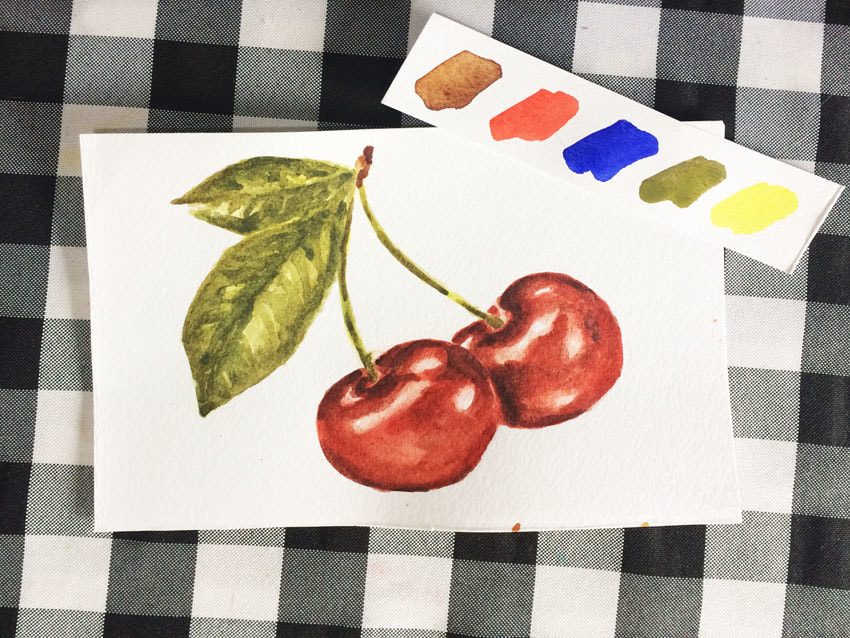
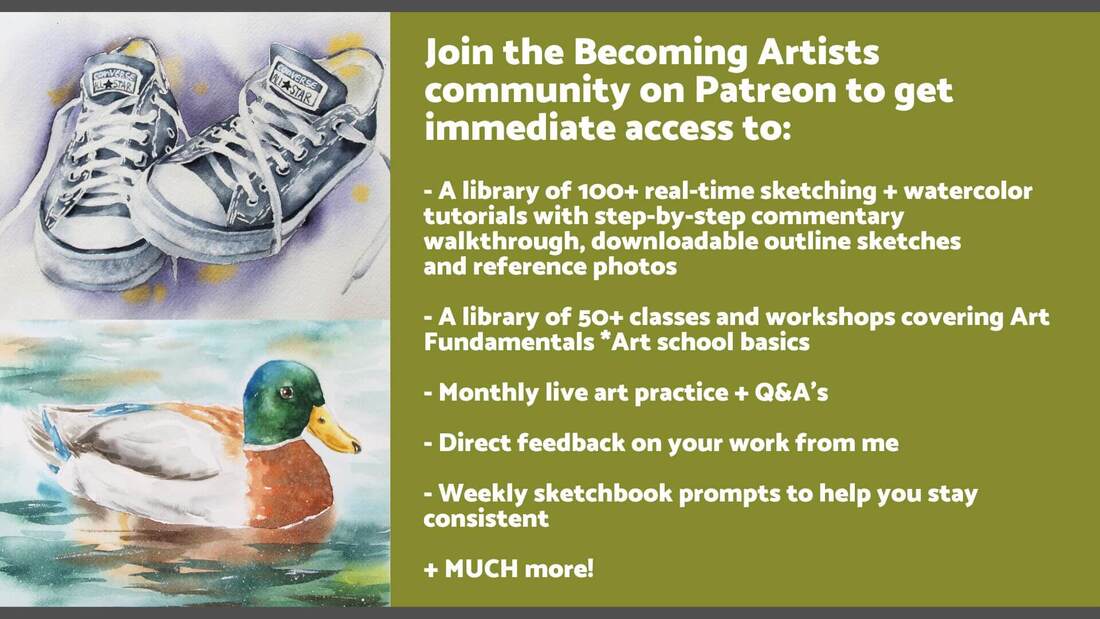
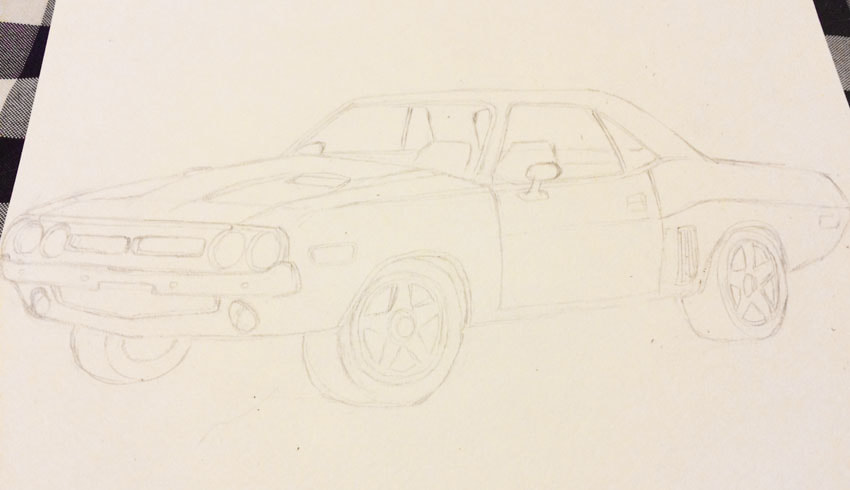
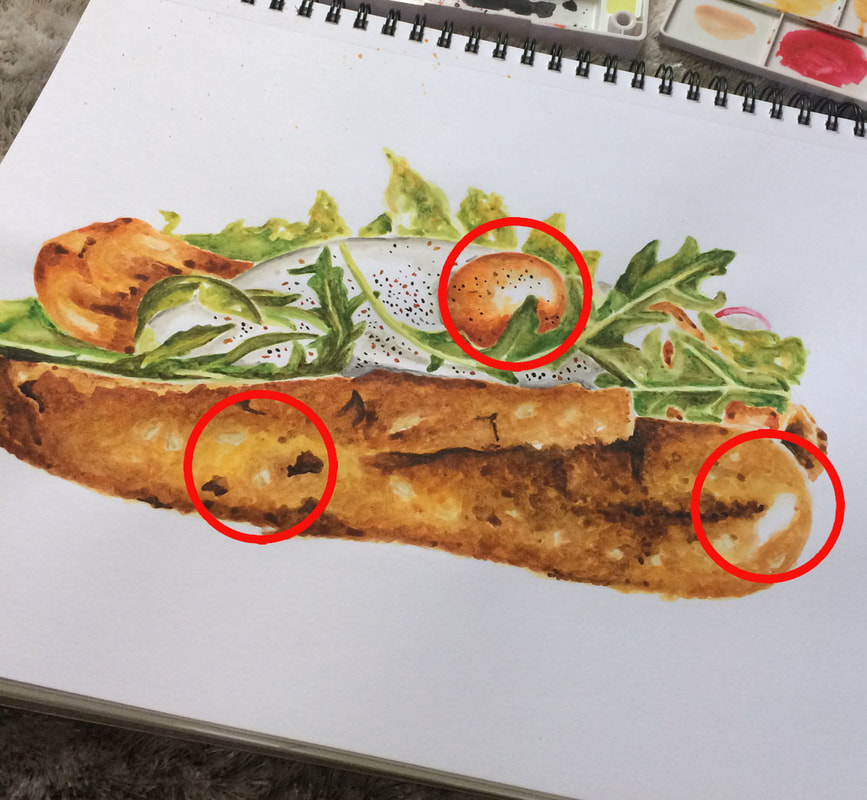
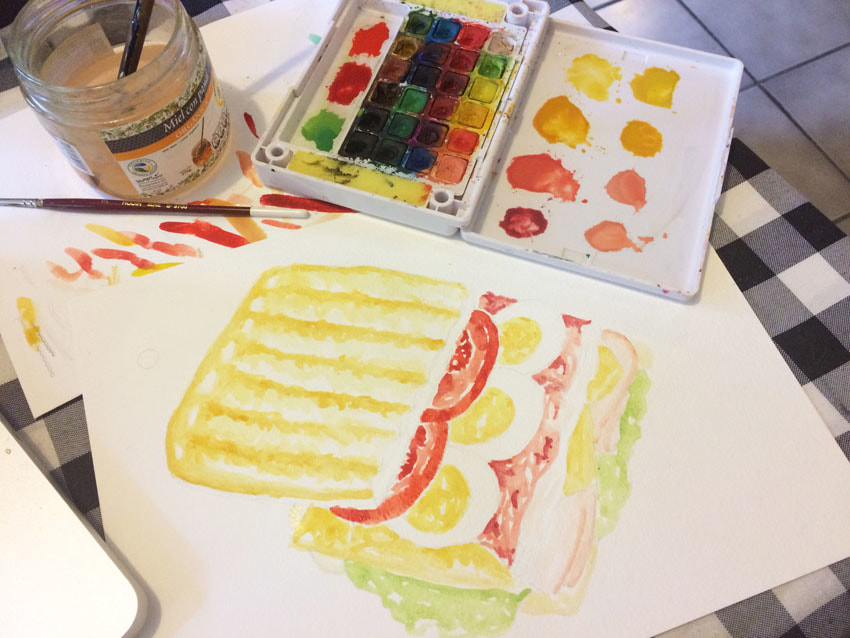
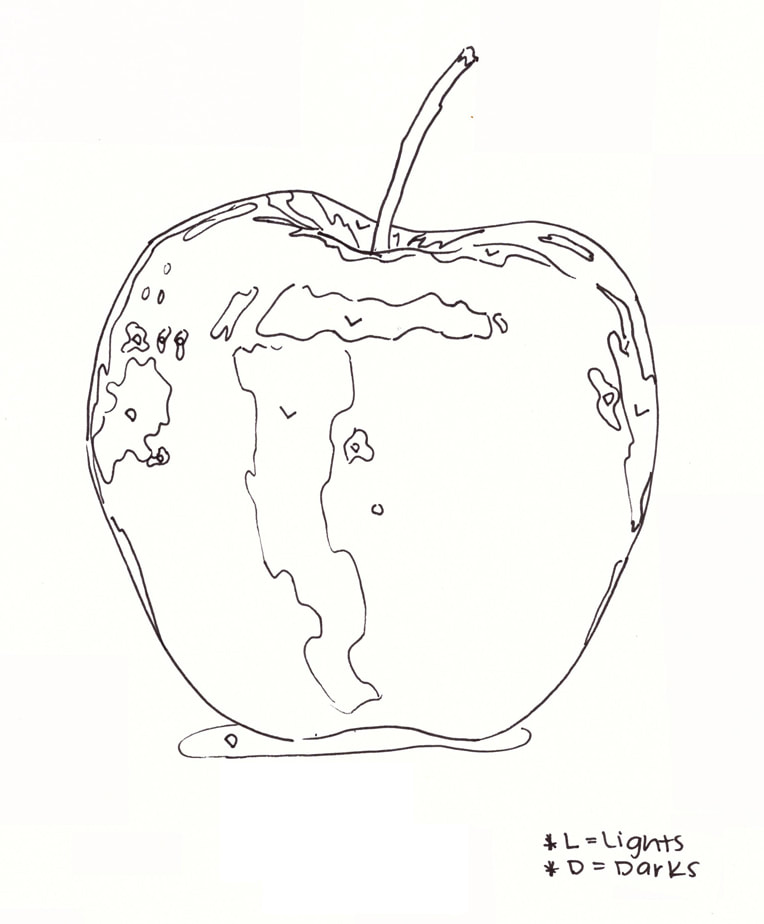
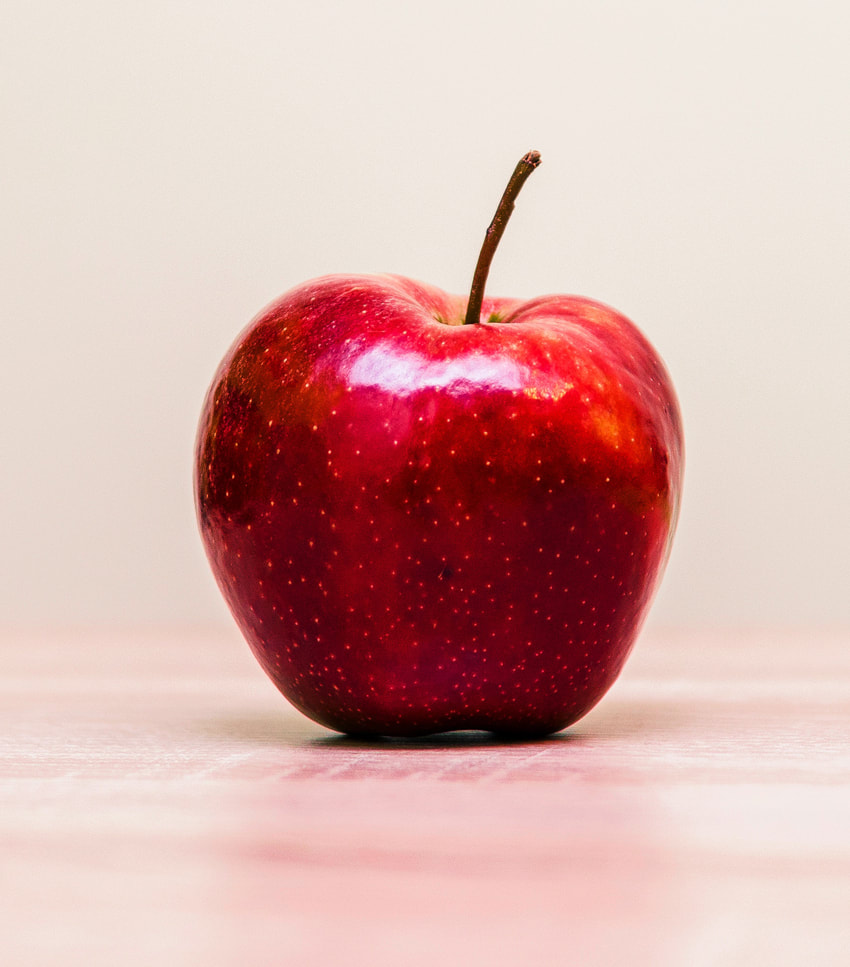
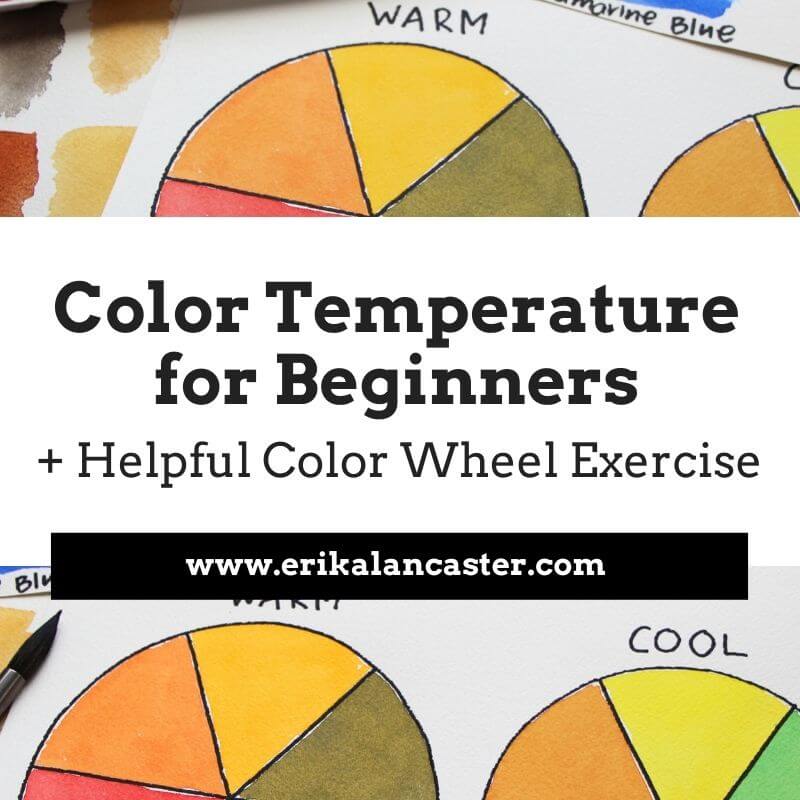
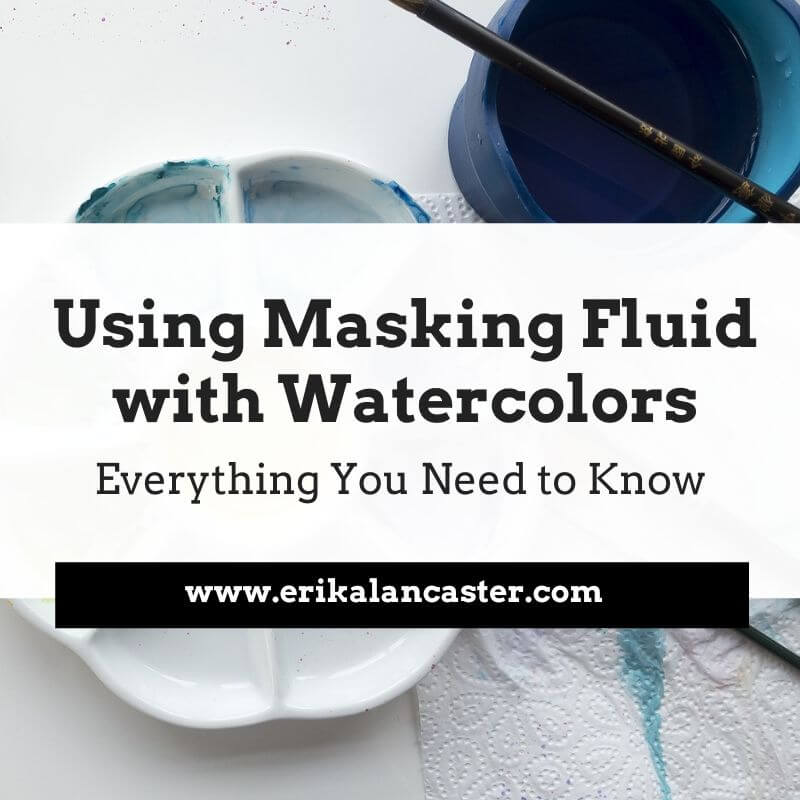
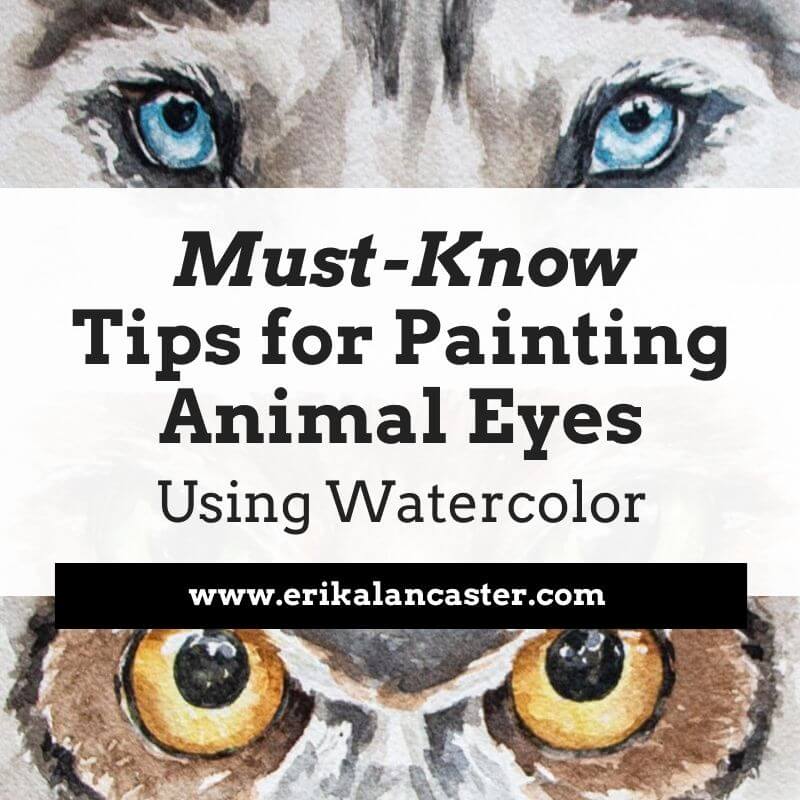

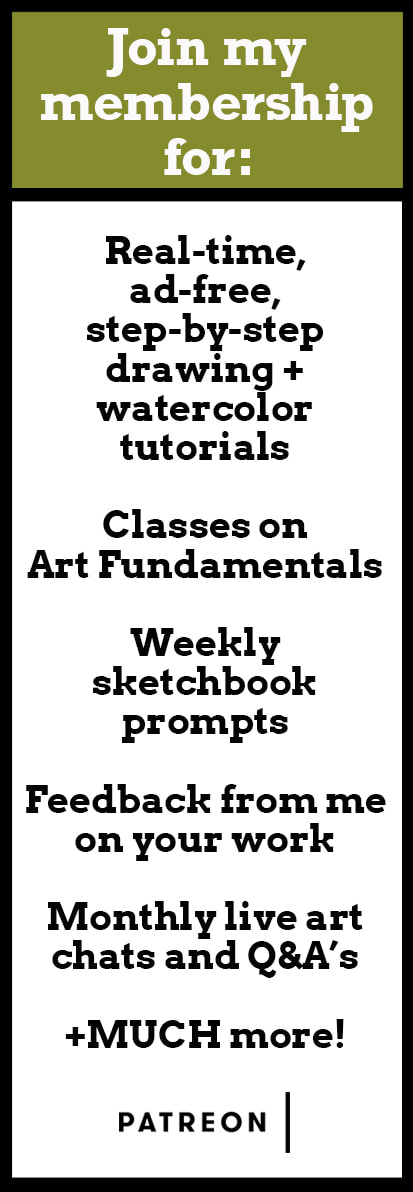
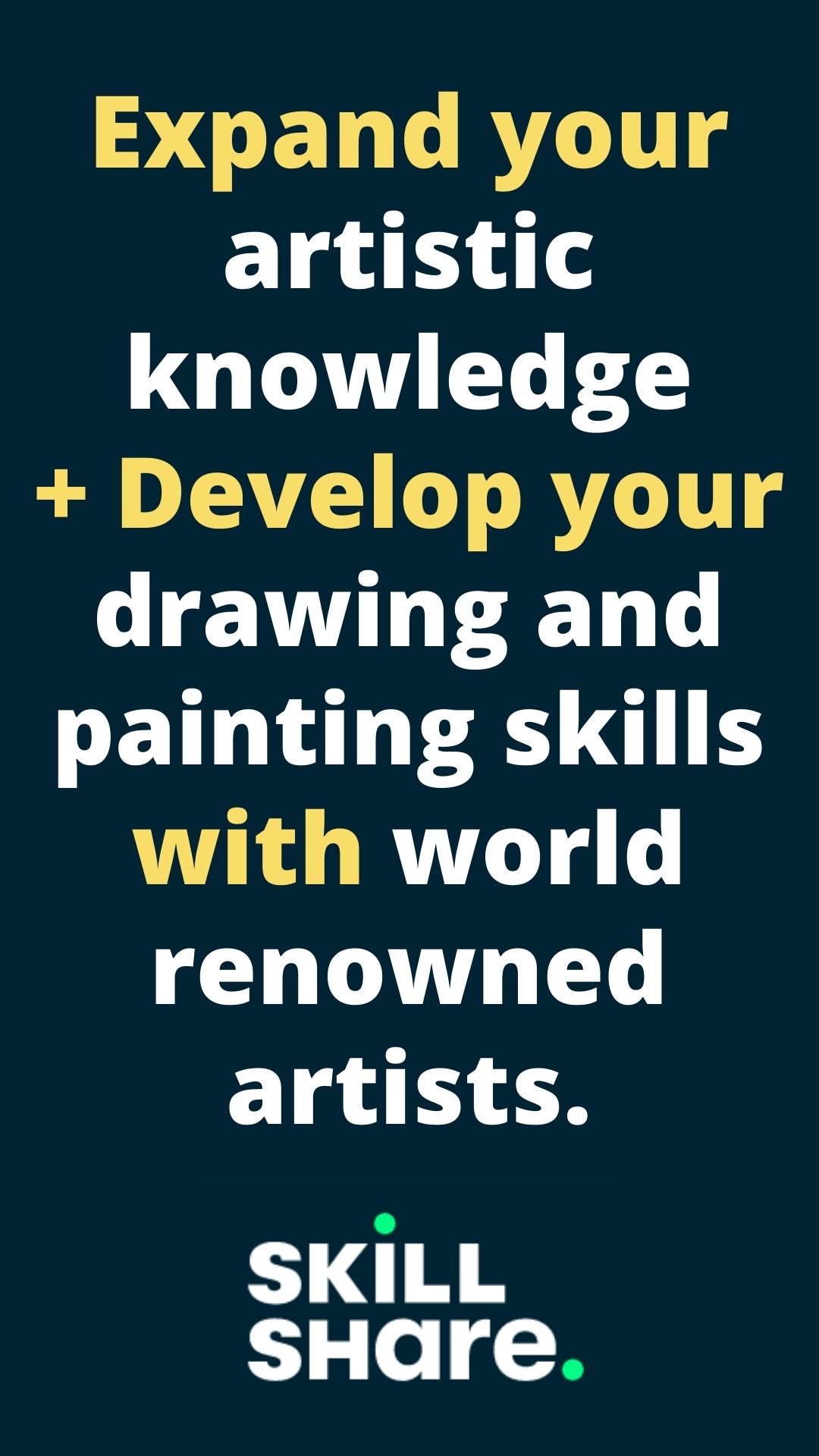

 RSS Feed
RSS Feed

